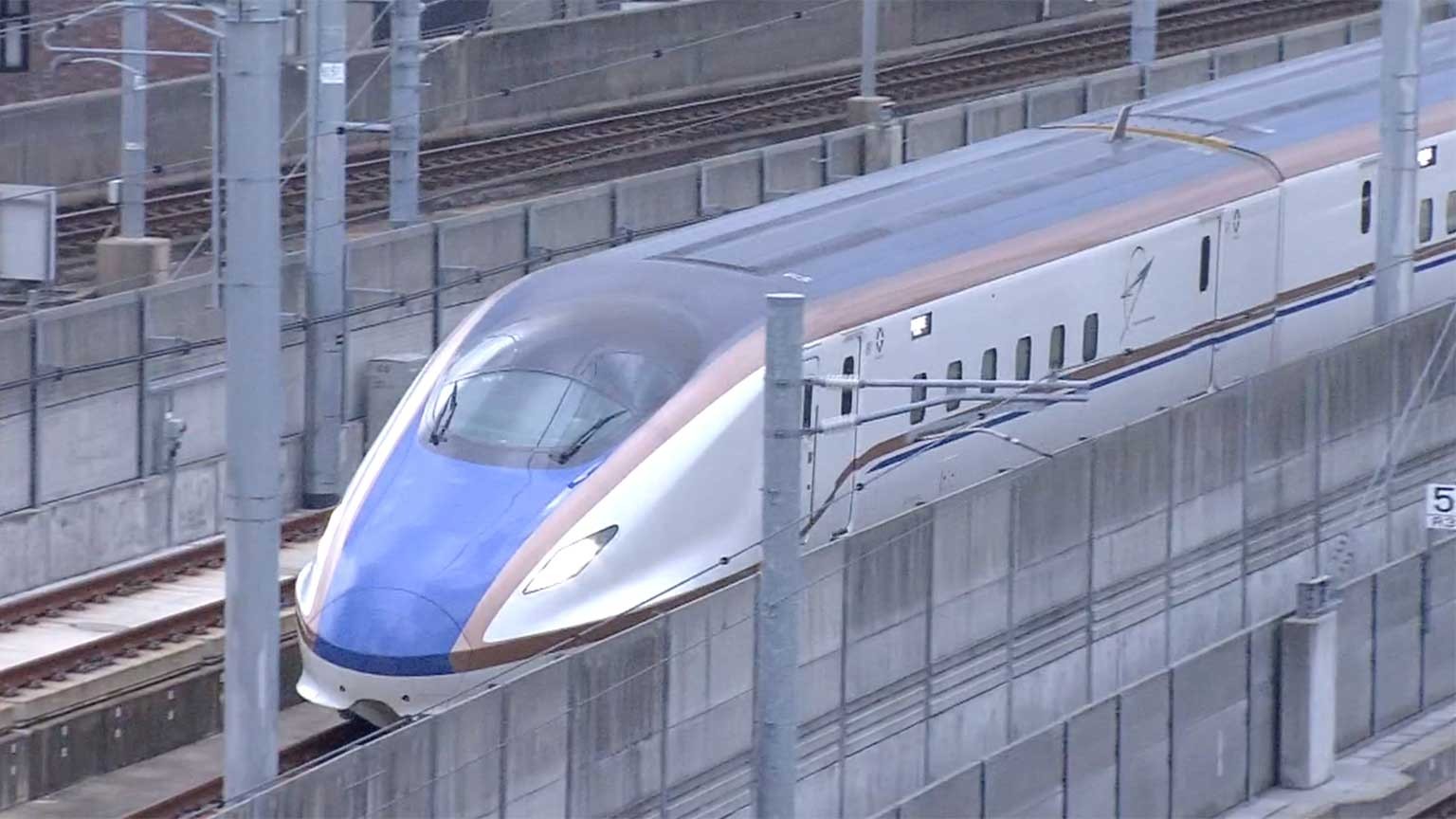Travel time to and from Tokyo will become shorter, likely bringing more visitors and tourists to Fukui.
The Hokuriku Shinkansen currently runs between Tokyo and Kanazawa. The new section links Kanazawa Station in Ishikawa Prefecture and Tsuruga Station in neighboring Fukui.
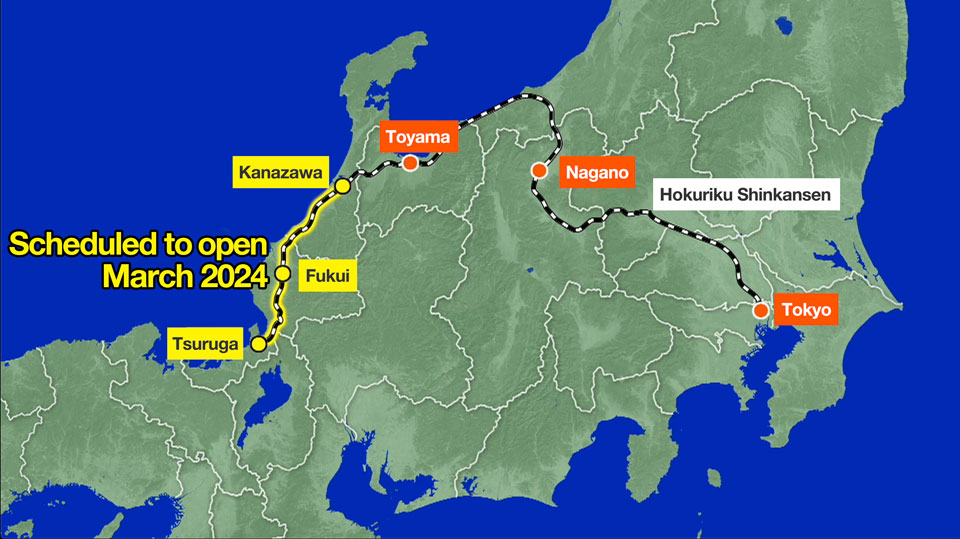
Testing started on September 23 with a special test train but Tuesday saw the debut of the same W7 model that will carry passengers from next year. The first run left Kanazawa for Tsuruga shortly before 3:00 a.m. with rail fans looking on.
This time, the train reached 110 kilometers an hour, but its top speed will be raised gradually to 260 kilometers an hour in test runs scheduled through December 9.
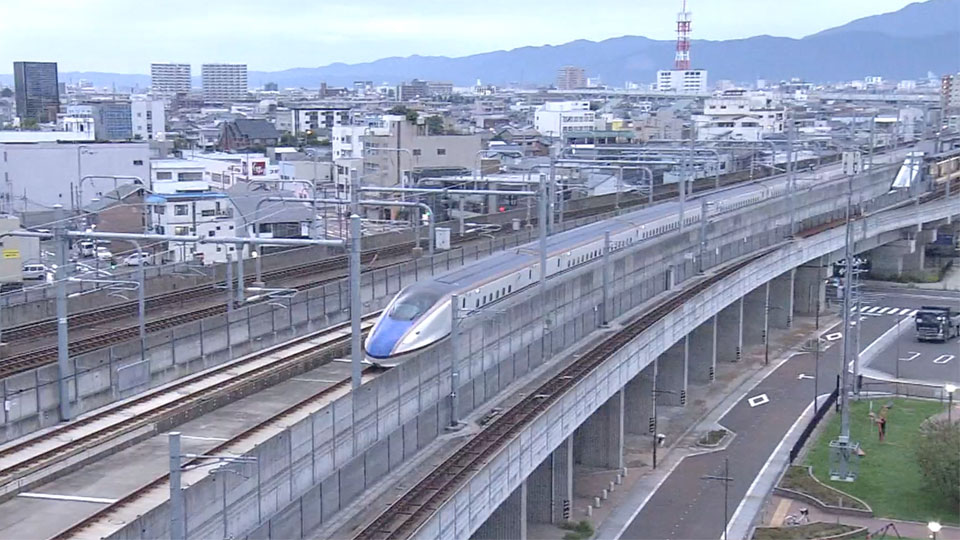
High expectations
People in Fukui have been eagerly waiting for the bullet train to reach them.
One 67-year-old man who saw it speed through Sabae City in Fukui described his emotions, saying he's looking forward to seeing the Shinkansen in his hometown every day.
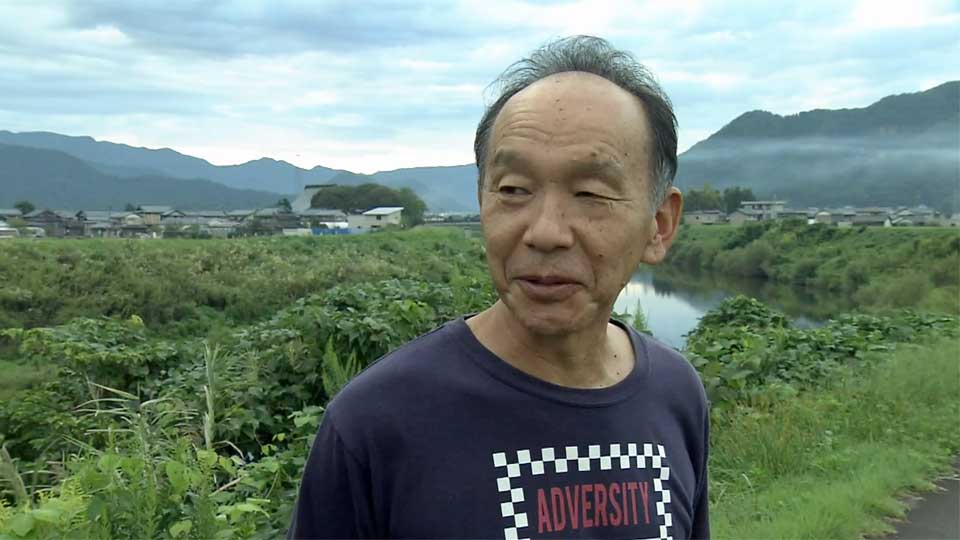
Fukui Governor Sugimoto Tatsuji said, "The Hokuriku Shinkansen has finally come to Fukui Prefecture." He added that the prefecture would prepare for the opening of the line in every way possible, including improvements to local transportation networks.
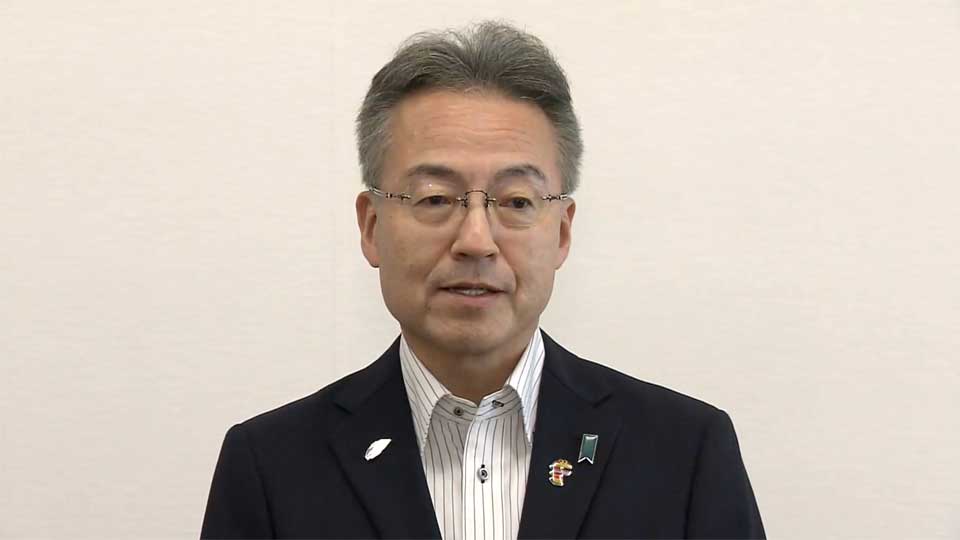
The Nagano Shinkansen line opened in 1997 as part of the Hokuriku Shinkansen. A section between Nagano and Kanazawa followed in 2015, but did not stretch as far as Fukui.
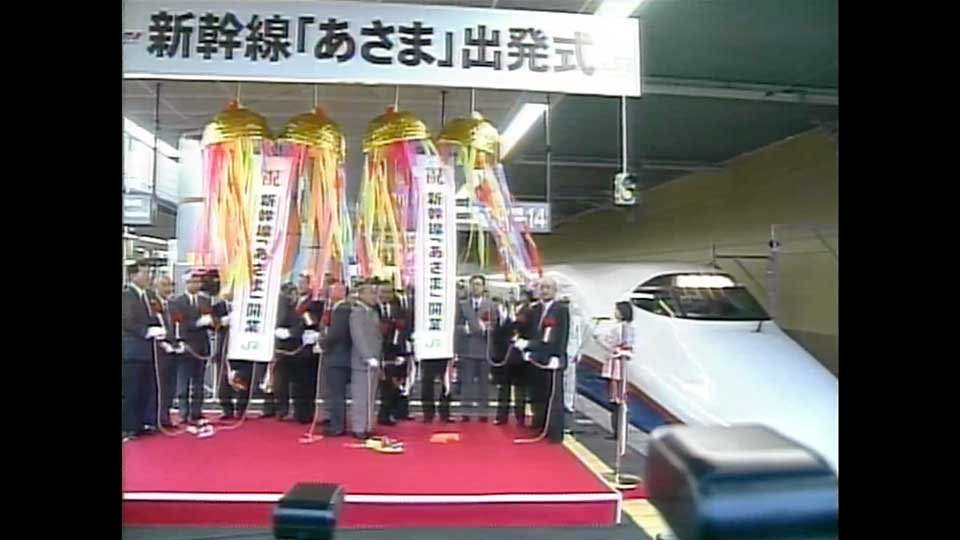
Fukui rejuvenated
At the same time, the Fukui Prefectural Dinosaur Museum has been renovated at a cost of some 9.4 billion yen, or over 63 million dollars. The exhibition space was expanded with more emphasis on "sensations and experiences."
Museum director Tanikawa Yumiko says the exhibits have also been updated, including robot dinosaurs that can sense and stare at visitors.
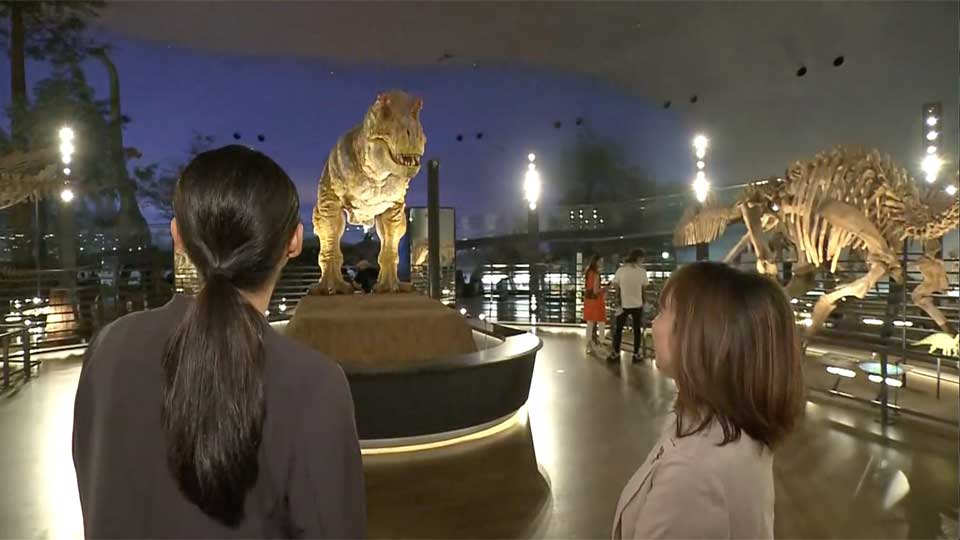
Visitors can experience a recreation of dinosaurs roaming the Fukui area some 120 million years ago. They can also try their hand at a spot of archaeology using real tools to unearth links to the past.
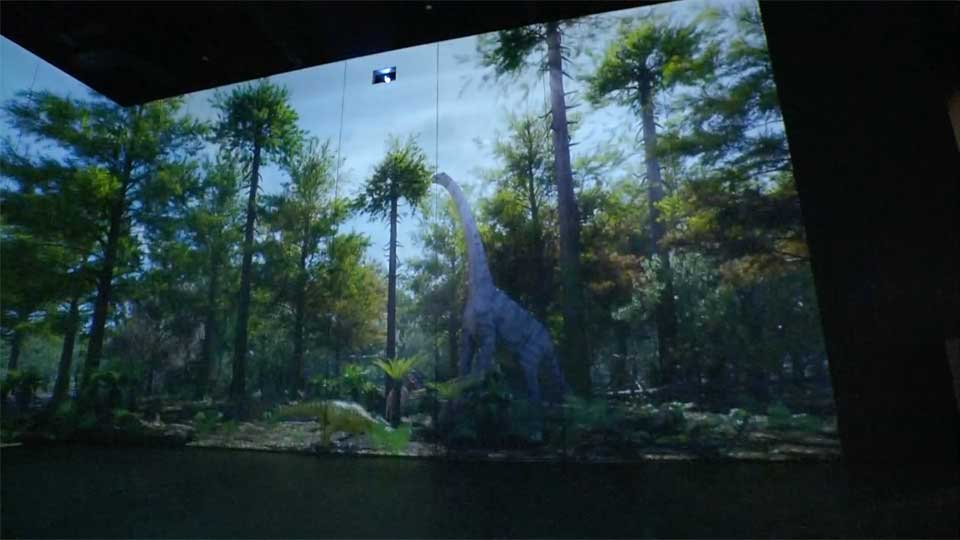
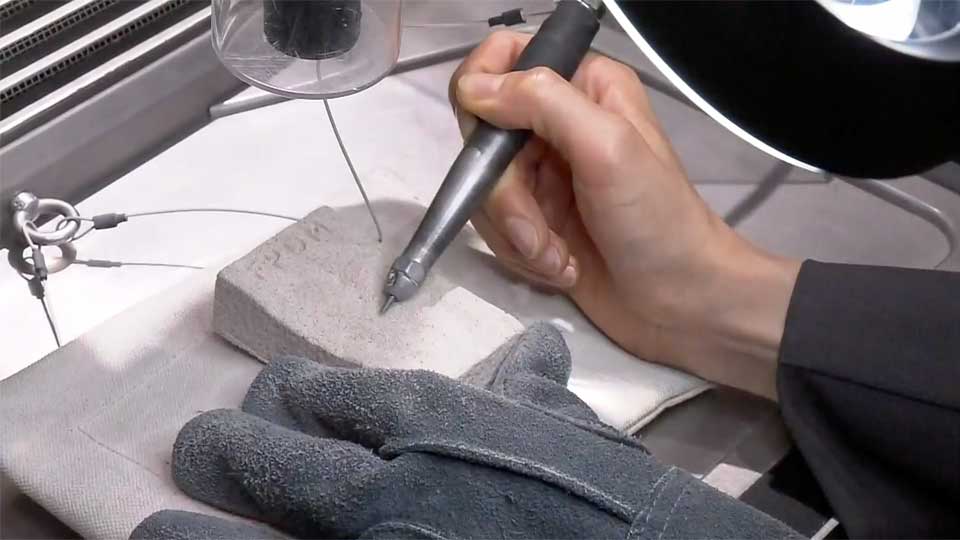
And the Fukui prefectural government is organizing a tour to attract visitors with regional delicacies. It features locally produced beer, cuisine made with chicken from the area and desserts based on fruit from the region.
Higher expectations, but issues remain
Iida Kazuyuki of the Hokuriku branch of the Development Bank of Japan says the number of overseas visitors to Fukui Prefecture is the second lowest in Japan. But he hopes the extended Shinkansen service will help draw people to attractions around the prefecture as there's a lot more room for growth.
Iida says efforts must be made from the perspective of making the prefecture more attractive so travelers can feel they want to visit again, or encourage others to come see for themselves.
Progress, however, comes with growing pains. With hotel construction increasing, securing adequate numbers of workers will be a battle. Plus, transportation could become an issue due to a shortfall in bus and taxi drivers.
The new line is scheduled to open on March 16, 2024.
